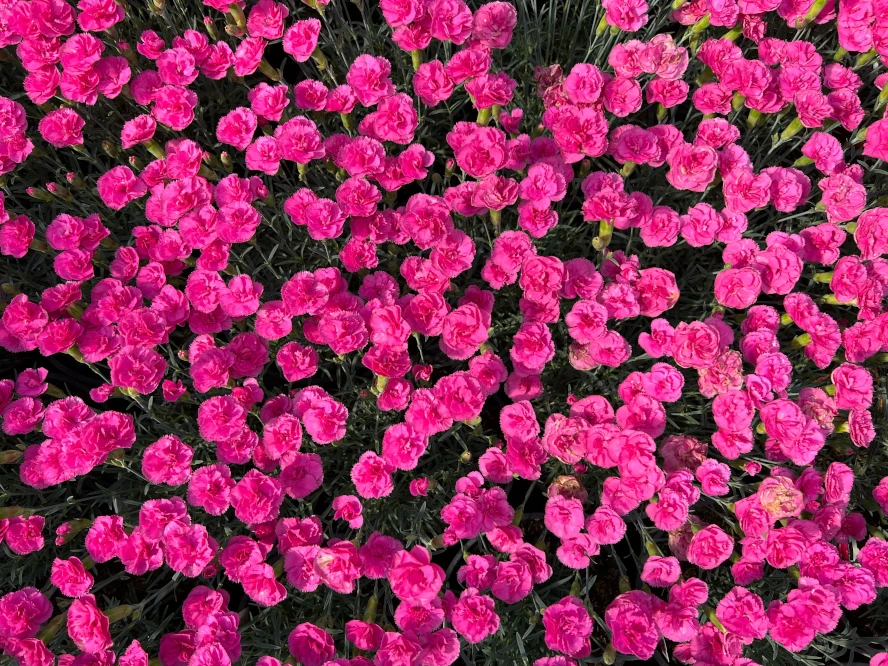

Perennials are the workhorses of the plant world. Though some can be harder to grow than others! Below you'll find recommendations for plants and planting areas you might be struggling with.
Follow the links to browse our massive selection of Sun Perennials, Shade Perennials, Grasses, Groundcovers, Hostas, Native Perennials, and Vines.

